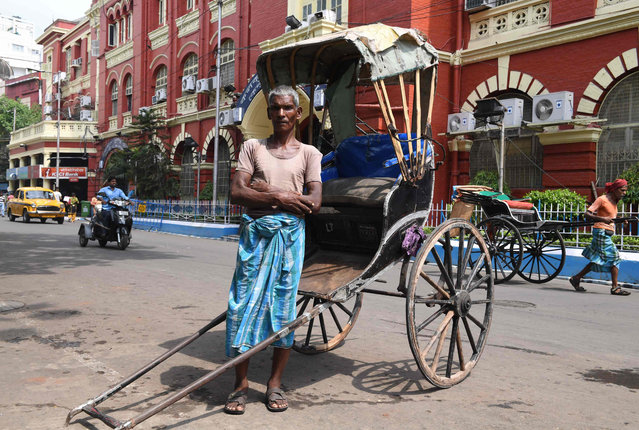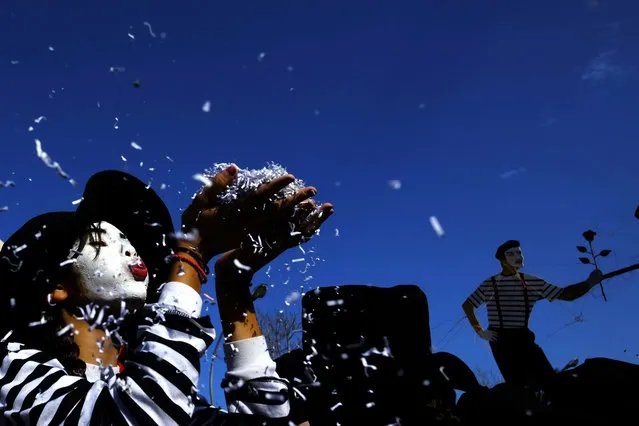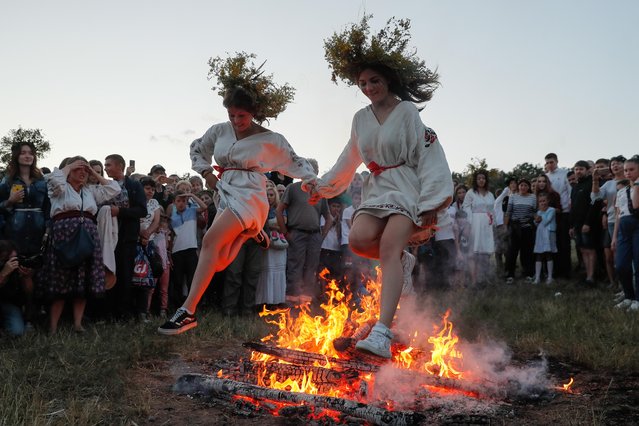
Photographs show an adventurer swimming with giant Manta Rays at night. In her latest daring adventure, Alison Teal set out in the middle of the night to free dive with Manta Rays off the coast of Hawaii. Using only hand held dive lights, Alison dove over 50 feet down being careful never to touch the mantas as they fed off the plankton in the light streams. Here: Photos taken by photographer Sarah Lee show the beautiful sight of Manta Rays at night, as they swim with America explorer, Alison Teal. (Photo by Sarah Lee/Caters News Agency)
09 Feb 2017 00:01:00,post received
0 comments







